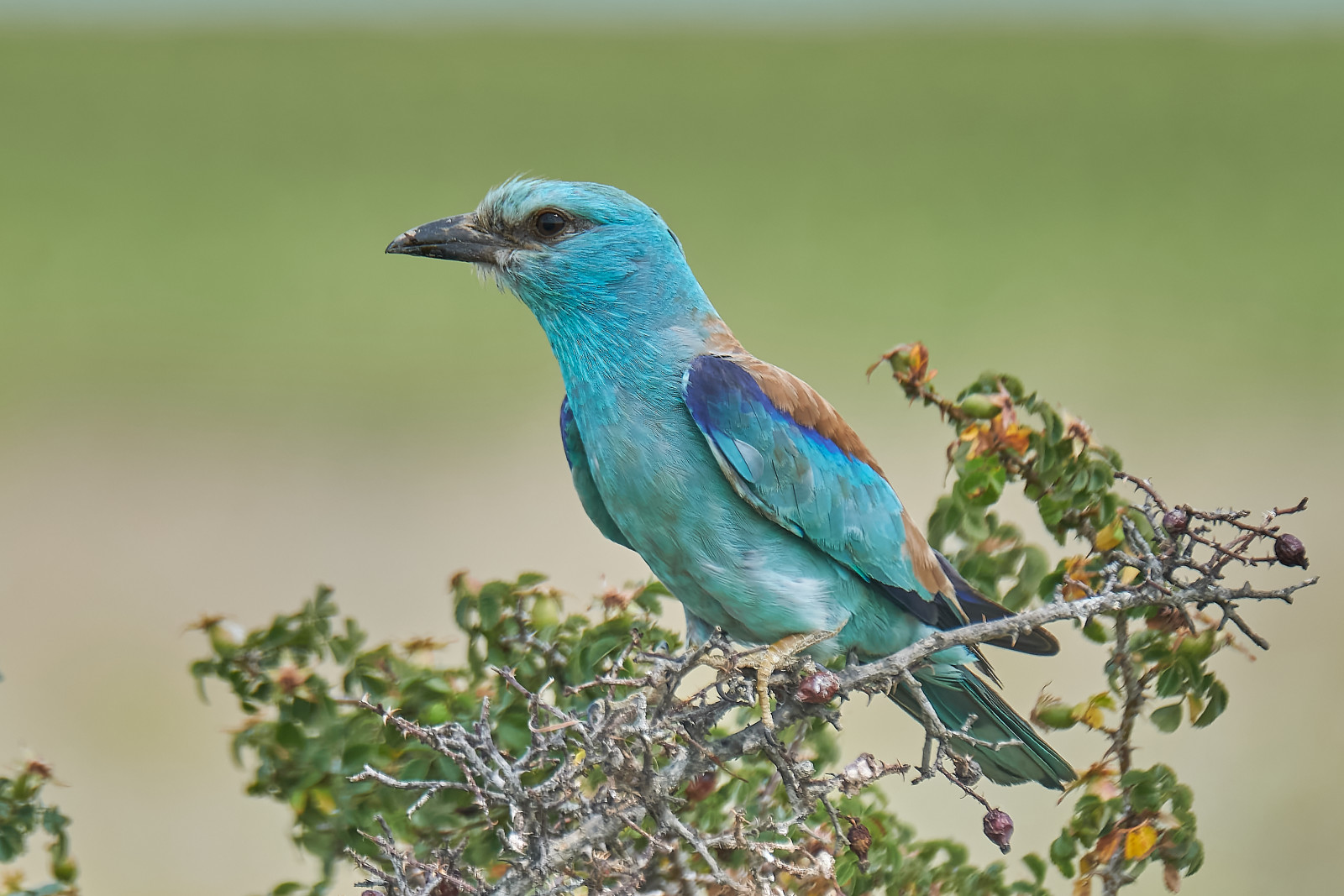Beschreibung
Laguna del Cañizar is one of the greatest natural attractions of the region of Teruel. Since 2006, this wetland is being restored in different steps. The target is to control 300 to 400 hectare of flooded area, making profit of an environment that was drained throughout history to exploit the richness of the soil for growing crops. Since much of the lagoon was flooded again in the winter of 2008, nature has returned to its course and more than 200 species of birds have been observed, some in large flocks, such as Kranich.
Today the lake has several stations as well as network of waterways to observe and study the wildlife. Moreover, its recovery center for wildlife and environmental monitoring has recently been formally openned. This theme center, where a guide will show you the environmental quality of the landscape or you can find various activities related to environmental education, aims to become the heart of this space.
Details
Zugang
From the village of Villarquemado follow the road to the Centro de recuperación de fauna silvestre y observación ambiental “El Cañizar”. Park you car (click on the P in the map to get directions) and explore the trail (see the map below) on foot and check the many different bird hides and viewpoints.





